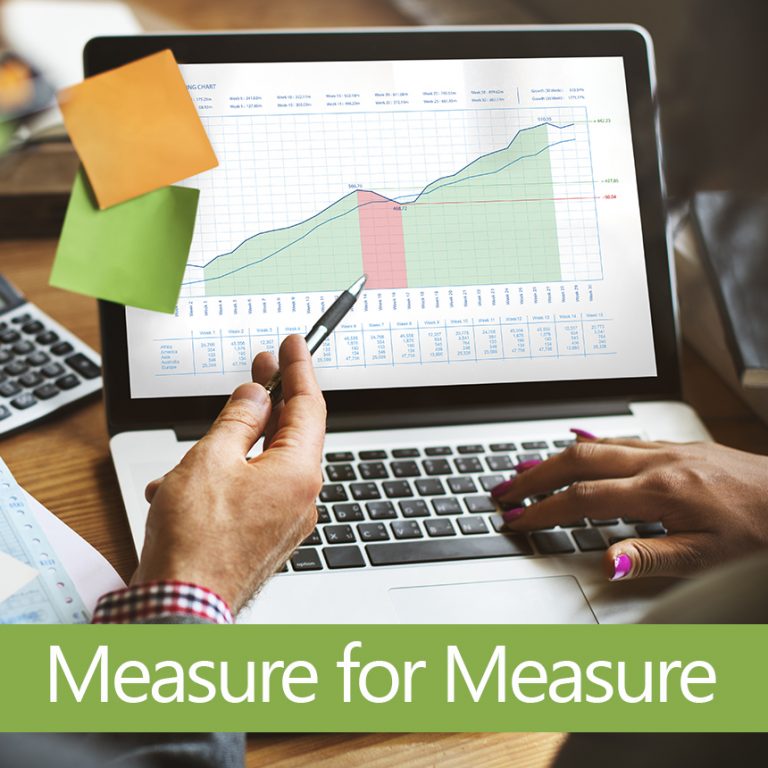
Web traffic has always been the top metric for every business organization. It reflects the popularity and visibility of the website. Less number of visitors could be bad news for most of the businesses. Chances are the online companies are making losses due to fewer visitors on their site.
If your business doesn’t receive web traffic at all, then it might mean no sign-forms filled, no lead generated, no contact made to potential customers, and no conversion. In short, no business.
What is Web Traffic?
A Web Traffic in simple words represents the number of visits to a webpage that occurred during a specific duration. It is usually measured in “sessions,” which is an important metric while measuring the effectiveness of a campaign.
Earlier, when the online business took off in the 90s, the number of visits used to determine the popularity of a business. But today, almost every business has an online presence, and the measurement doesn’t stop at the number of sessions.
Marketers are considering bounce rates and time on page to identify how long did users stay on the site. Percentage of users buying products after the visit, i.e., Conversion Rates, and investment made to attract the users, i.e., Cost of Acquiring Customers (CAC) and Cost Per Acquisition (CPA) are an important part of the metrics too.
But in this article, we will focus on web traffic generation because unless the traffic is generated, the rest of the data are useless.
Related: Tips to Increase Your Web Traffic That No One Will Tell You
How to generate web traffic?
1. Prioritize SEO:
If you want customers to find your business when they search on Google, you need to optimize your website, keeping search engine algorithms in mind. SEO would help you receive organic search traffic to your website.
Search Engine Optimization could be performed with below-mentioned activities:
- Use long-tail keywords in your web pages that match the customer search query. For example, instead of using “shoes,” mention “best black shoes for the party.”
- Tag images with keywords that should match with the exact product type
- Update meta title and the description with the keyword
- Blogs are the best tool to attract traffic on your site and keep them engaged. Keep posting blogs on your site with engaging topics that provide solutions to customers.
- Use internal and outgoing links to increase the domain authority. Do not forget to link internal pages and always try to hyperlink stats and claims with trustworthy and authoritative sources.
2. Referral Traffic:
When someone shares your great article, and someone else likes it and then visits your website, then it is called Referral traffic. So we recommend creating engaging blogs and posts with attractive titles that create curiosity among your potential customers.
3. Direct Traffic:
When someone uses your URL to type in the search bar, then it means the customer is either aware of your brand and might have already visited your website previously. For this, you need to keep posting videos, articles, posters, and blogs on social media sites to remind them about your brand and products.
4. Campaign Traffic:
This type of traffic is always generated through ad campaigns designed by your ad teams. It usually requires investment in terms of some part of a fund from the promotional budget.
However, not every ad is capable of drawing traffic to your site. You need to be creative in terms of identifying ad types, platform suitable for running the campaign, the audience whom you are targeting, and the content or the message that you are delivering.
5. Guest Blogging:
One of the very trending ways of driving traffic to your site is guest blogging, which means publishing content on a third-party website to promote the business or products. It increases the domain authority because the traffic would be coming from the most relatable and good authoritative source.
So these are the above-mentioned five steps through which you could generate web traffic for your small online business. However, do not forget to keep a check on the numbers. Measure the impact of each action taken by you, be it website optimization, content management, or driving a campaign. Unless numbers comply with the expected results, any action undertaken is of no use.
The steps, as mentioned above, are also manual processes that required brainstorming and reference of data inferences. Implementation of changes on websites, campaigns, and advertisements are also manual activities and consume time and effort.
Related: What is Local SEO? Artificial Intelligence In Local SEO
Join ONPASSIVE to experience an automated process of free and guaranteed web traffic with the integration of smart tools driven by artificial intelligence. The tools are designed to auto-identify and update keywords that have high-performance potential. These tools are also efficient in segregating the audience based on customer behavior, followed by the creation and delivery of personalized content to the target audience.



Susie McCrea
4 years ago
ONPASSIVE
4 years ago